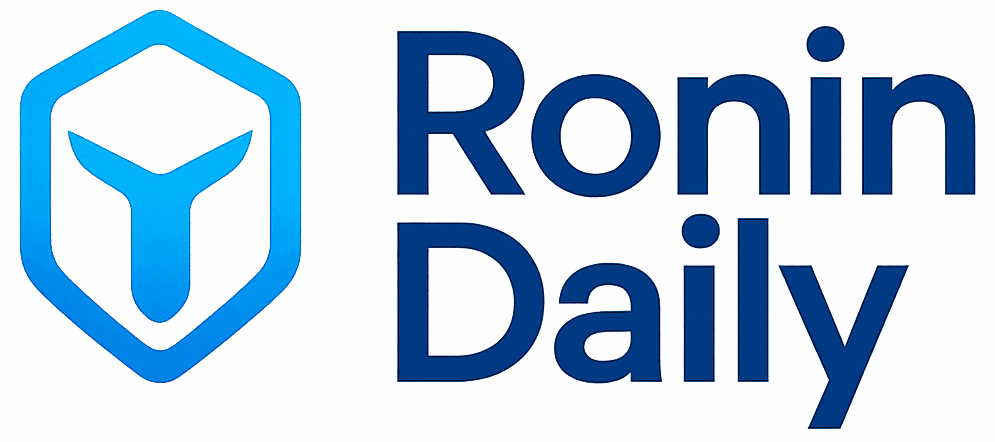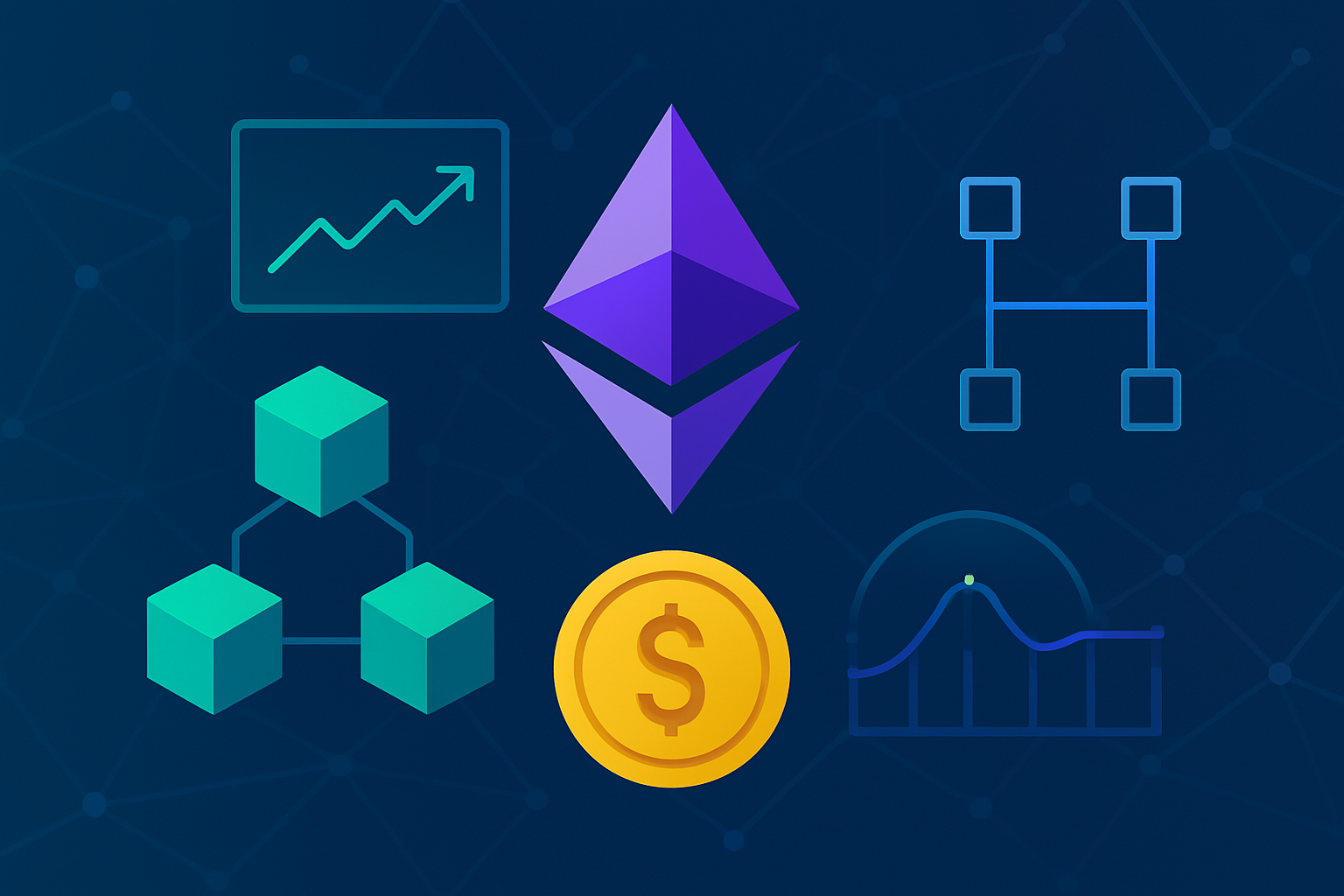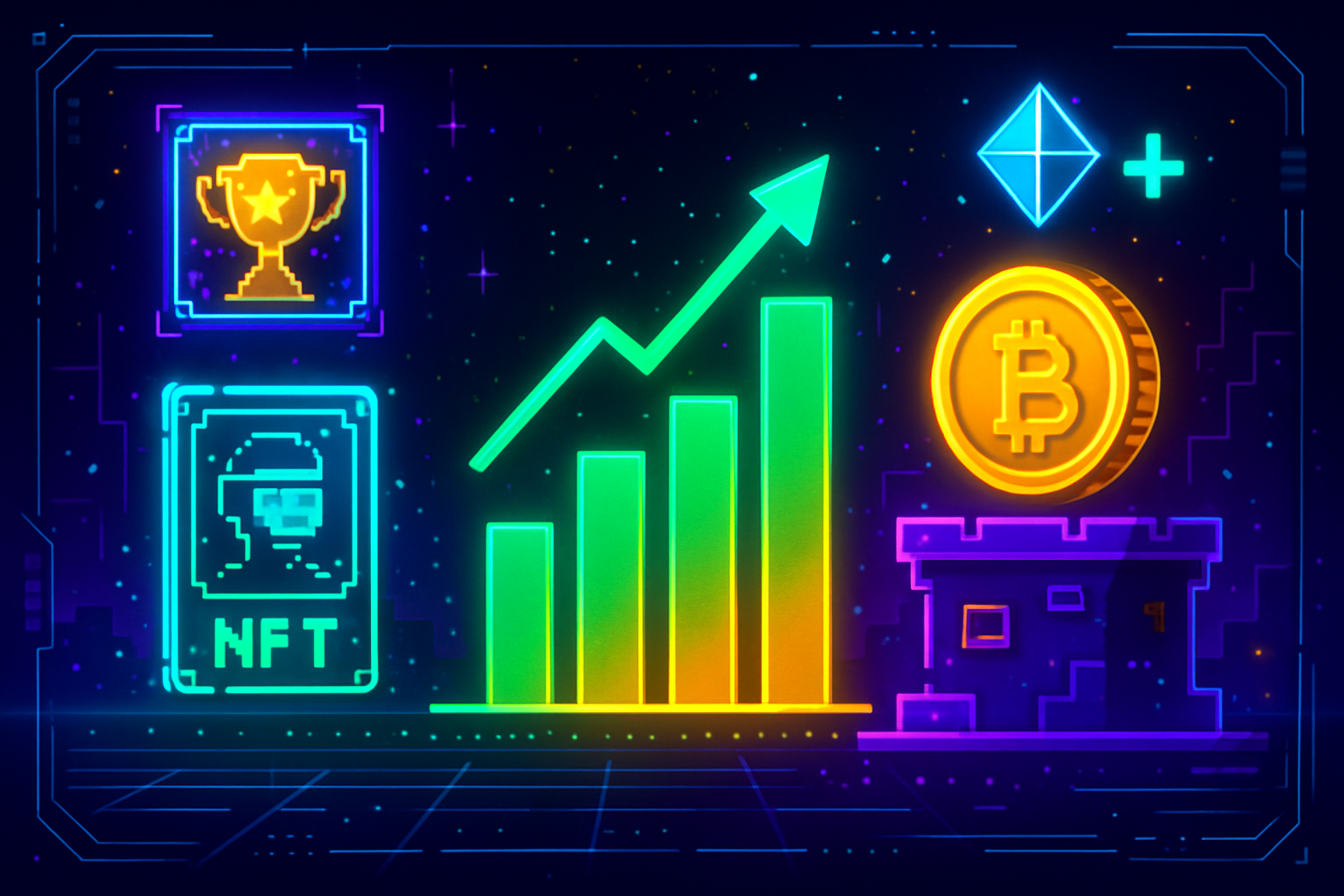
Ronin Network’s migration to an Ethereum Layer 2 (L2) solution using Optimism’s OP Stack marks a pivotal moment for blockchain scalability. With the integration of EigenDA, Ronin is positioned to deliver transaction finality in the 100-200 millisecond range and scale throughput to an unprecedented 1 million transactions per second (TPS). This architecture is not just a technical upgrade; it’s a fundamental shift designed to meet the demands of massive Web3 gaming ecosystems and decentralized applications, all while maintaining low fees and inheriting Ethereum-grade security.
Unpacking Ronin’s OP Stack L2 Architecture
At its core, the Ronin OP Stack L2 leverages Optimism’s modular rollup framework, which is purpose-built for speed, flexibility, and interoperability. The OP Stack enables Ronin to run as a fully sovereign Layer 2 chain, granting it control over its sequencer and governance mechanisms. This sovereignty means that Ronin can fine-tune block production parameters, optimize for specific workloads like high-frequency gaming transactions, and seamlessly integrate with other Superchain participants for cross-chain composability.
The technical leap comes from two primary innovations:
- Ultra-fast Block Times: By optimizing sequencer performance and minimizing consensus overhead, Ronin achieves block times between 100 to 200 milliseconds. This is nearly 15x faster than many existing L2s or sidechains.
- EigenDA Integration: Eigen Data Availability (EigenDA) provides scalable off-chain data storage with cryptographic guarantees. This decouples transaction execution from data storage bottlenecks, unlocking throughput up to 1 million TPS.
The Role of EigenDA in Scaling Ronin Network
EigenDA is at the heart of Ronin’s scaling ambitions. Traditional rollups are often limited by on-chain data availability – every transaction must be posted on Ethereum mainnet or another DA layer, creating congestion and raising costs during periods of high demand. EigenDA sidesteps this by allowing data blobs associated with batches of transactions to be stored off-chain but verifiably available via cryptoeconomic incentives.
This approach offers several advantages:
- Massive Throughput: With less data congestion on Ethereum mainnet, Ronin can process orders of magnitude more transactions per second.
- Lower Fees: Offloading data reduces gas costs associated with posting large calldata payloads.
- Sustained Performance: Even during network spikes – common in gaming or NFT launches – users experience consistent speed and reliability.
The synergy between Optimism’s open-source stack and EigenDA’s scalable storage forms a resilient backbone for next-gen Web3 applications that require both high throughput and robust security guarantees.
Sovereignty, Security, and Ethereum Alignment
An often-overlooked advantage of this migration is the full sovereignty over the tech stack that Ronin now enjoys. Unlike monolithic chains or permissioned sidechains, running as an OP Stack L2 allows Ronin to design custom governance models while still benefiting from Ethereum alignment through zk-proofs or fraud proofs. This means developers can innovate rapidly without compromising on security or future-proofing their dApps against evolving threats.
The move also brings tangible incentives: milestone-based grants totaling $5 million to $7 million from the Optimism Foundation fuel continued development and ecosystem growth. Moreover, as part of the wider Superchain vision, Ronin gains access to shared liquidity pools and cross-L2 composability – critical features for onboarding millions of gamers into decentralized economies.
Ronin (RON) Price Prediction 2026-2031
Forecast based on Ronin’s migration to Ethereum L2, OP Stack integration, and scaling milestones (2025 Baseline: $0.3151)
| Year | Minimum Price | Average Price | Maximum Price | Potential % Change (Avg vs. 2025) | Market Scenario Insights |
|---|---|---|---|---|---|
| 2026 | $0.28 | $0.39 | $0.55 | +24% | Continued L2 adoption, integration with Superchain, gaming sector growth |
| 2027 | $0.32 | $0.52 | $0.78 | +65% | Bullish gaming/DeFi momentum, increased TPS utility, potential new partnerships |
| 2028 | $0.40 | $0.66 | $1.02 | +110% | Mainstream blockchain gaming, robust interoperability, possible bull market |
| 2029 | $0.53 | $0.82 | $1.28 | +160% | Wider L2 adoption, mature Superchain ecosystem, competition intensifies |
| 2030 | $0.60 | $1.04 | $1.60 | +230% | Peak scalability, mass adoption, regulatory clarity, high volatility |
| 2031 | $0.75 | $1.27 | $2.05 | +304% | RONin as leading gaming L2, full integration with Ethereum, global user base |
Price Prediction Summary
Ronin (RON) is poised for substantial growth over the next six years, driven by its integration with Ethereum’s OP Stack and EigenDA, enabling high throughput and low fees. The price outlook is optimistic, especially with the expansion of blockchain gaming and DeFi on the Superchain. However, competition and broader market cycles could introduce volatility, reflected in the wide min-max ranges.
Key Factors Affecting Ronin Price
- Adoption of Ethereum OP Stack and EigenDA scaling solutions
- Growth of blockchain gaming and DeFi sectors
- Integration with the Superchain and interoperability with other L2s
- Ethereum security alignment and zk proofs
- Milestone-based grants and developer incentives
- Market competition from other L2s (Arbitrum, Optimism, Polygon, ZKsync)
- Regulatory developments impacting crypto gaming and L2s
- General crypto market cycles (bull/bear trends)
Disclaimer: Cryptocurrency price predictions are speculative and based on current market analysis.
Actual prices may vary significantly due to market volatility, regulatory changes, and other factors.
Always do your own research before making investment decisions.
For developers and ecosystem builders, the Ronin OP Stack L2 unlocks a new paradigm of flexibility and composability. With full control over its sequencer, Ronin can prioritize transaction types, implement custom fee markets, and even experiment with novel consensus mechanisms tailored to their community’s needs. This level of autonomy is a game-changer for Web3 gaming platforms, where milliseconds matter and user experience directly impacts retention.
Security remains paramount throughout this transition. By aligning with Ethereum’s security model, leveraging zk-proofs or fraud proofs, Ronin ensures that assets and transactions on its network are protected by the same robust cryptographic standards as Ethereum mainnet. This alignment not only boosts developer confidence but also reassures users that their assets are secure even as throughput scales to unprecedented levels.
Real-World Impact: Gaming, NFTs, and Beyond
The implications of sub-second finality and million-TPS throughput extend far beyond technical benchmarks. For the gaming industry, Ronin’s original core market, these advances mean seamless in-game economies, instant NFT minting or trading, and massive multiplayer events without lag or bottlenecks. Players can move assets, trade collectibles, or participate in tournaments in real time, all while paying negligible fees.
For NFT creators and marketplaces, the combination of fast block times and EigenDA-backed scalability facilitates high-volume drops and auctions without risking failed transactions due to congestion. The end result is a more inclusive, accessible Web3 experience for both users and content creators.

Ecosystem Growth: Developer Incentives and Superchain Interoperability
The $5 million to $7 million in milestone-based grants from the Optimism Foundation is already catalyzing innovation across the Ronin ecosystem. These funds are earmarked for projects that push the boundaries of what’s possible on L2, from next-gen DeFi protocols to interoperable gaming universes that span multiple chains within the Superchain framework.
Interoperability is another critical frontier. As part of Optimism’s Superchain vision, Ronin L2 can seamlessly interact with other OP Stack chains, opening up cross-chain liquidity pools, shared identity systems, and collaborative dApp development. This composability accelerates network effects while lowering barriers for both users and developers looking to tap into multiple ecosystems without friction.
RON Price Update and Market Outlook
As of now, RON trades at $0.3151, reflecting both market anticipation around these scaling milestones and broader sentiment in the Layer 2 sector. The ability to process up to 1 million TPS with finality under 200ms places Ronin at the forefront of L2 innovation, a position likely to drive increased developer activity and user adoption as these features roll out network-wide.
Ronin (RON) Price Prediction 2026-2031
Forecast based on Ronin’s OP Stack L2 migration, 1M TPS scaling, and Ethereum Superchain integration
| Year | Minimum Price (Bearish) | Average Price | Maximum Price (Bullish) | % Change (Avg, YoY) | Key Market Scenario |
|---|---|---|---|---|---|
| 2026 | $0.28 | $0.38 | $0.60 | +20% | Adoption of OP Stack; early L2 interoperability |
| 2027 | $0.34 | $0.52 | $0.95 | +37% | Gaming ecosystem growth; increased developer activity |
| 2028 | $0.41 | $0.69 | $1.30 | +33% | Mainstream L2 gaming adoption; Superchain maturity |
| 2029 | $0.58 | $0.95 | $1.80 | +38% | Strong DeFi integration; Ethereum L2 leadership |
| 2030 | $0.74 | $1.28 | $2.40 | +35% | Global recognition; sustained high TPS utility |
| 2031 | $0.98 | $1.68 | $3.10 | +31% | Peak scalability; potential new use cases, mature L2 market |
Price Prediction Summary
Ronin (RON) is forecasted to experience steady price growth from 2026 to 2031, driven by its OP Stack L2 transition, scalability breakthroughs, and integration into the Ethereum Superchain. The average price is projected to increase from $0.38 in 2026 to $1.68 in 2031, reflecting growing adoption, ecosystem expansion, and the maturing gaming and DeFi markets. Bullish scenarios could see RON exceeding $3.00 by 2031 if it captures significant L2 market share, while bearish outcomes may limit growth if adoption lags or competition intensifies.
Key Factors Affecting Ronin Price
- Adoption speed of OP Stack and EigenDA scaling technologies
- Growth in blockchain gaming and developer ecosystem on Ronin
- Integration and interoperability within the Ethereum Superchain
- Market competition from other L2s (e.g., Arbitrum, Polygon, ZKsync)
- Macroeconomic and regulatory shifts affecting crypto markets
- Success of milestone grants and incentivized developer programs
- Potential for new use cases beyond gaming (DeFi, NFTs, etc.)
Disclaimer: Cryptocurrency price predictions are speculative and based on current market analysis.
Actual prices may vary significantly due to market volatility, regulatory changes, and other factors.
Always do your own research before making investment decisions.
While price action will ultimately depend on adoption rates, utility creation, and broader market trends, Ronin’s technical roadmap positions it as a key player in Web3 scaling solutions for years to come.
Key Takeaways for Builders and Users
- Ultra-fast finality (100-200ms) redefines expectations for blockchain UX, especially in gaming and DeFi.
- EigenDA integration enables horizontal scaling up to 1 million TPS without sacrificing security or decentralization.
- Sovereignty over sequencer operations empowers rapid experimentation while preserving Ethereum alignment through zk/fraud proofs.
- Ecosystem grants provide tangible support for developers building next-generation dApps on Ronin L2.
- Superchain interoperability expands opportunities for cross-chain collaboration within a unified Layer 2 universe.
The migration to an OP Stack-powered Layer 2 with EigenDA marks more than just an upgrade, it signals a new era where performance meets security at scale. As Ronin continues its homecoming journey to Ethereum’s ecosystem at $0.3151 per RON token, both builders and users stand poised to benefit from one of the most advanced scaling architectures available today.




